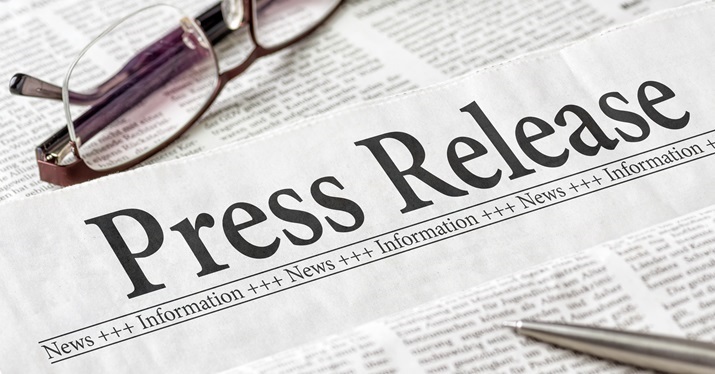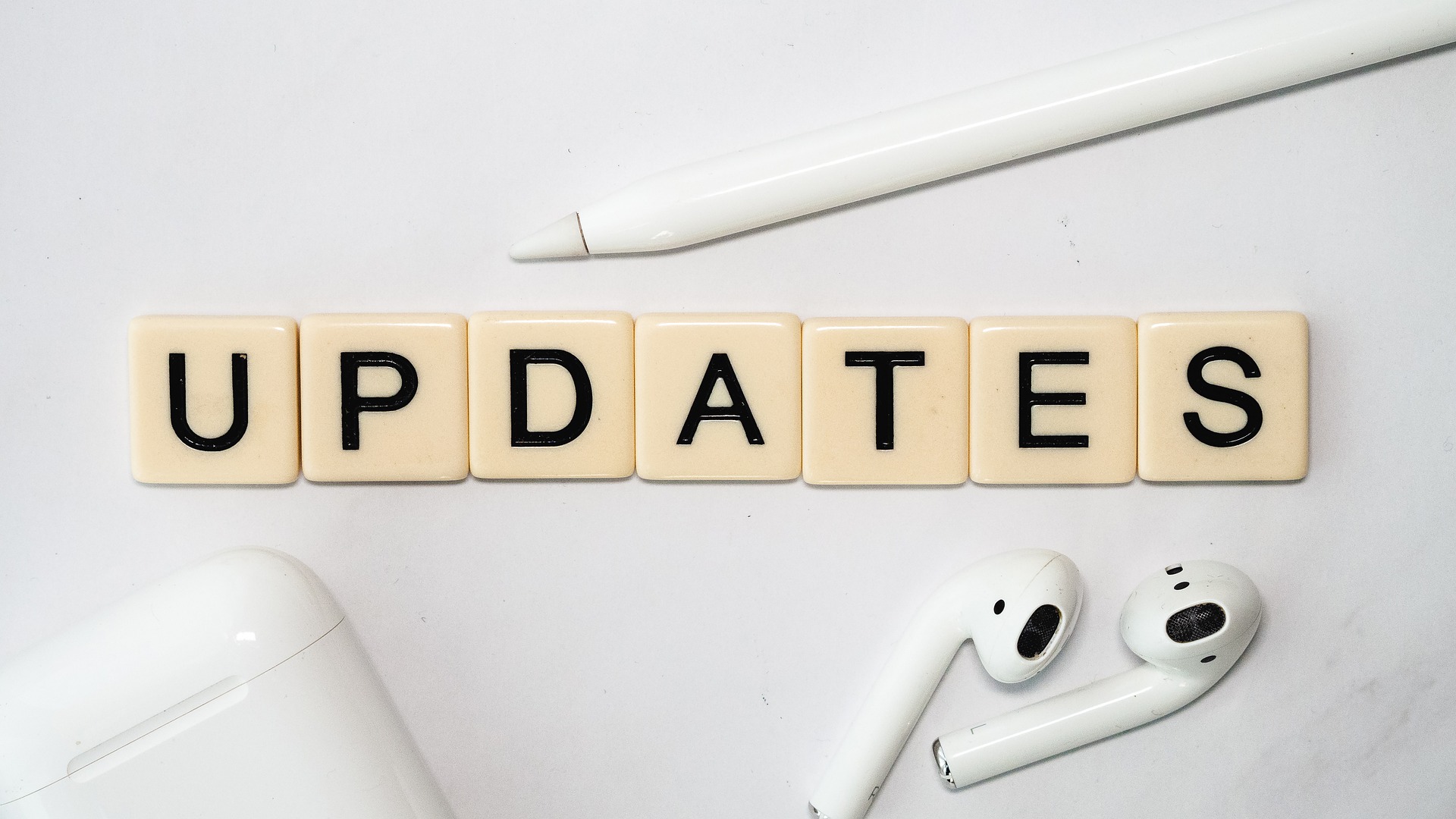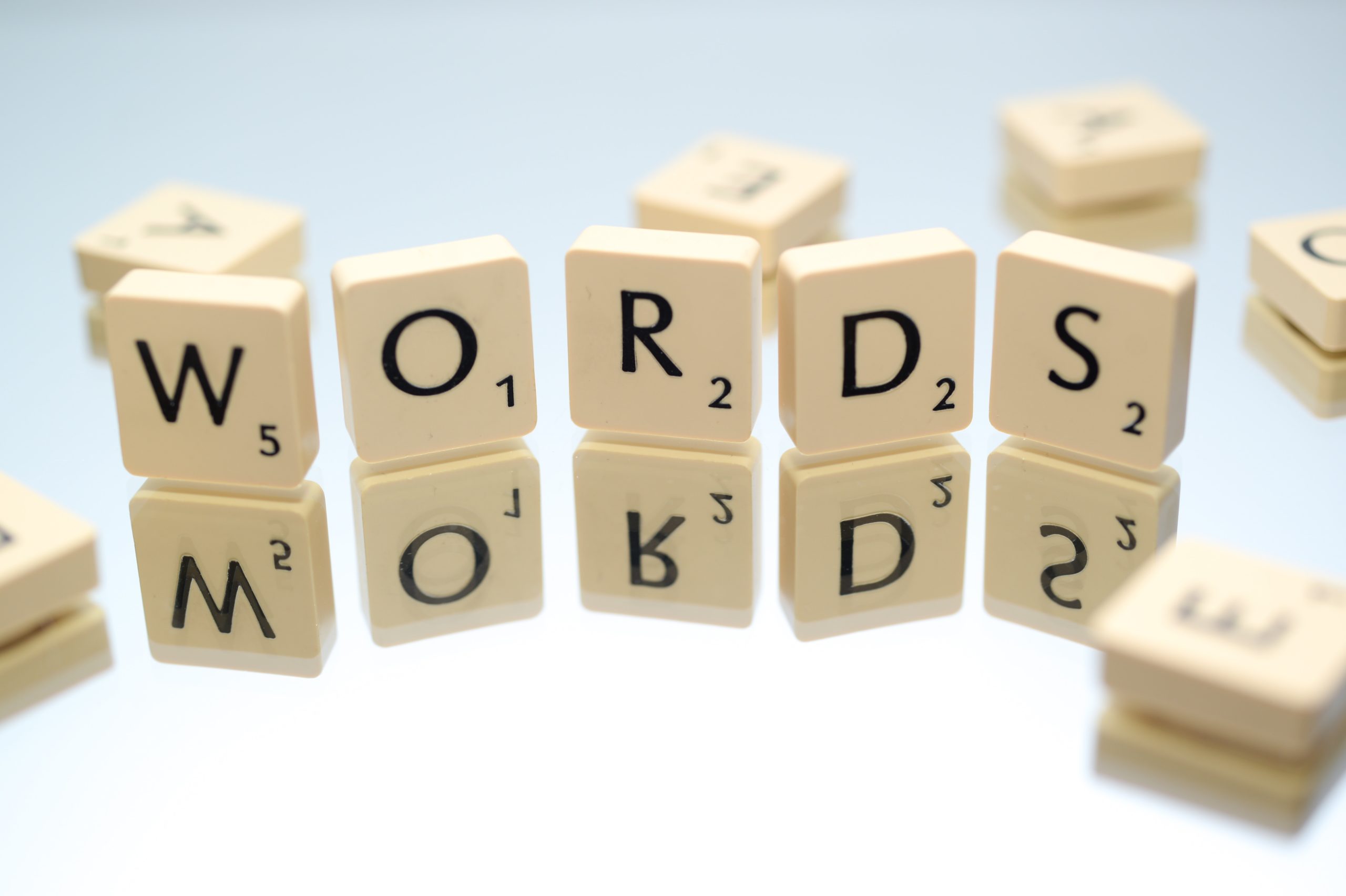A PR professional recently predicted the “death of the release quote” for 2023 on Twitter. If only.
Bland executive quotes are one of my all-time PR pet peeves. First of all, every news release doesn’t need to include a quote. And for releases that do need them, they’re too often overlong, boring, or repetitive. “We’re delighted to announce this partnership,” is a typical CEO comment. Of course the CEO thinks it’s a good thing. But how does it add to the story? Why not speak in more tangible terms about what the announcement means?
Here are my informal guidelines for making the PR world a better place through better executive quotes in press releases.
Add to the story
It bears repeating. If you’re announcing that two companies are partnering, don’t have the principals simply rehash what’s happening. Speak to the anticipated outcome, in specific terms. Name the strengths the partner brings to the table, or articulate the rationale for entering into it. Use words that add news value rather than simply taking up space. “Awesome Data Co’s advanced data quality metrics will add a powerful new dimension to the insights we offer marketing clients, helping them drive engagement and making budgets work harder.” Or something like that.
Don’t be afraid to editorialize
Some of my PR peers disagree with me on this one, but if there’s ever an opportunity to editorialize in an otherwise factual news release, it’s with a quote. That’s the whole point of speaking on the record, after all. While the release should be written in journalistic style and contain the details of who, what when, etc., the quote is the color. Why not craft a comment that contains a metaphor, a bold prediction, or a milestone reached? It’s far more likely to be used, or to push a reporter to ask for a fresh comment from the company spokesperson.
Be visual
If there’s no way to comment in concrete terms about outcomes, a visual metaphor highlighting an aspect of the story can work. The same holds true in media interviews, where a visual quote is more likely to be used. One example we use in ad tech client trainings is a sentence like, “Compared to the black box offered by our data-analytics competitors, our process is a ‘glass box’ of transparency.” That one’s industry-specific, so not as exciting as a general news quote, but it evokes a mental image. I’m not sure who originally said, “Data is the new oil,” but the fact that so many people claim it is a sign of how powerful it is, and part of that power is visual.
Make it pithy
Similarly, an executive quote that goes on for a full paragraph and simply recaps the news in different words is not only repetitive, but boring. If you end up distributing the release on a newswire service, it’s also expensive. Instead, think about how the news solves problems or answers a need. A simple example: “Over 80 percent of single parents worry about how to pay for their children’s college education. This new financial literacy program is designed to turn that anxiety into action.”
Don’t quote everyone
If possible, don’t crowd the release with too many quotes. My personal rule is that no more than two executives should be quoted in a given news release. Of course this becomes tricky when announcing a partnership or joint venture involving more than two companies, and there are often internal, political reasons why stakeholders like board members are quoted. But in those cases, a quote sheet can be developed and sent as an attachment for media who want it.
Limit industry jargon
In the ad tech sector, where we work, jargon is practically a necessary evil. But even if you have to throw a few acronyms or buzzwords into the lead paragraph, it doesn’t mean the quote should contain them. In fact, shorter, punchier language is nearly always better and more quotable. A public quote works best when it addresses the story through the three “e”s – enlighten, explain, or evoke (an emotion or an image.)








